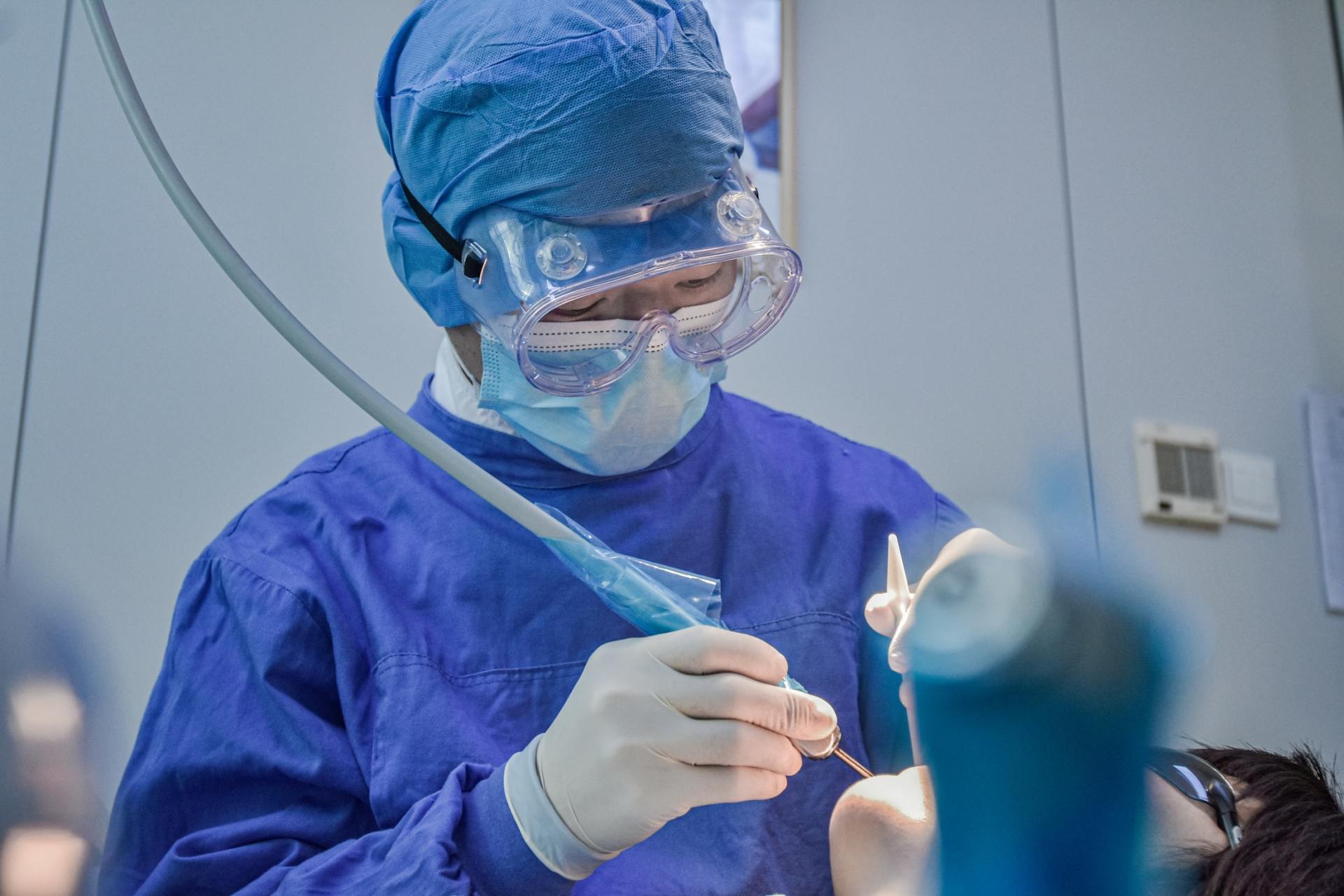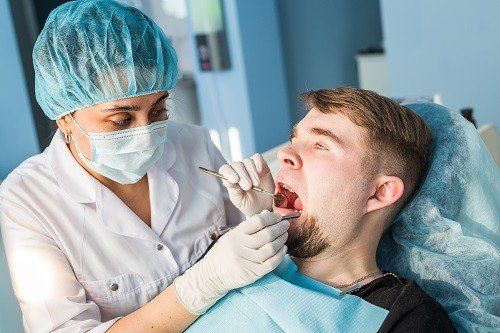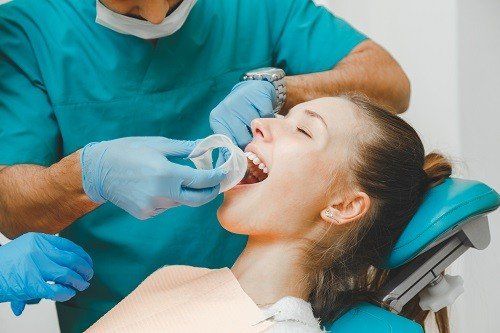Gum Disease Can Call for Antimicrobial Therapy
For those who have not had the pleasure, there is a type of
treatment, antimicrobial therapy, that is used for eliminating or reducing the
growth of oral bacterial infections. Specifically, this therapy seeks to
prevent infections from developing into periodontal disease, which can lead to loosened
teeth and sore, bleeding gums. While every patient and dentist are different,
antimicrobial therapy could be an option for those at risk for periodontal
disease, so here are a few things to know about this therapy and what it
offers.
Before and After Treatment
Before a dentist begins antimicrobial treatment on a patient, the process begins with scaling and root planing, which involves removing plaque from periodontal pockets with either an ultrasonic cleaner, a dental laser, or a scaler. In cases where the periodontal pockets are deeper than five millimeters, the dentist may recommend gum flap surgery in order to clean out the periodontal bacterial infections surrounding the teeth and their root surfaces. This procedure usually involves local anesthesia for reducing a patient's discomfort.
After the procedure, the dentist will clean and scale the surfaces of affected teeth to prevent any more buildup of plaque while also allowing gum tissue to begin healing. Dentists may also recommend using antiseptic mouth rinse or prescribe antibiotics for patients’ use during the following seven or ten days.
Antiseptic mouth rinses are for controlling bacteria development and cleaning out pockets around individual teeth. As well, antibiotics are typically only recommended in serious cases, such as for necrotizing ulcerative gingivitis, due to bacterial resistance to many antibiotics.
Post Treatment
After a patient has undergone antimicrobial therapy, it’s critical that he or she maintain a precise oral health care routine to ensure the most benefits are being had. To begin, patients must brush their teeth twice per day for two minutes minimum a piece as well as flossing once daily at least.
Additionally, use a mouth rinse to provide extra gum protection. If the dentist has prescribed antibiotics, take the entire course precisely as instructed in order to decrease the risk of bacterial resistance. For those prescribed Periostat, it is a lower amount of doxycycline, which should be taken for half a year at most to reduce the immune system's reaction to any infection rather than simply killing the bacteria.
After the therapy has been completed, schedule an exam within the first two to three-month period to see if the mouth is healing as predicted. If not, the dentist may recommend other ways of managing the issue. If all has turned out well, patients can likely continue their regular routines of yearly polishing and cleaning, periodontal examinations, and new x-rays every four or five years.
If you are avoiding trips to the dentist because of the high costs of dental care, sign up for the Wellness Dental Plan. Our New Hampshire discount dental plan can help you save as much as 20 percent off the cost of your next dental visit. For more information, click here.
Copyright: obencem / 123RF Stock Photo










